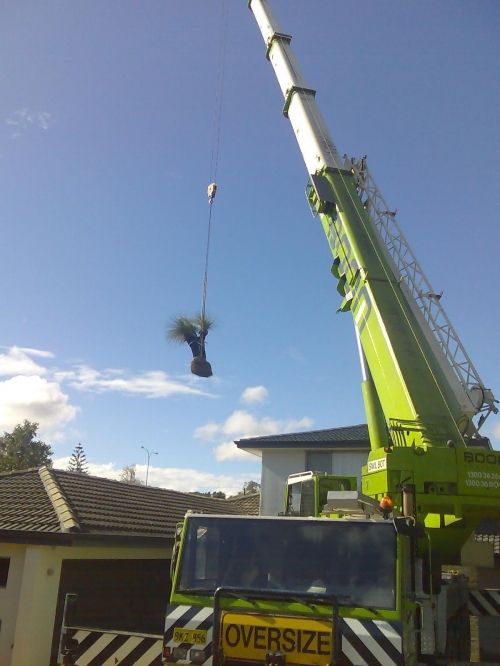Design and Site Considerations
Grass trees of all shapes and size can be used to great effect in a wide variety of garden styles. replants grass trees are available as no trunk, single trunk or multi trunk specimens. Each configuration having its special place in making a garden look beautiful.
Grass trees add texture and form to a garden design with small trees creating interesting domes of foliage and larger specimens showing off their blackened trunks, created naturally by bushfire.
The sculptural look of grass trees complement modern architecture and provide the perfect design foundation when creating a water and nutrient wise native garden.
When incorporating grass trees in your garden design please keep in mind the following site and design considerations.
- Grass trees thrive in open sunny locations however partly shaded locations are also suitable.
- Plant into free draining sand.
- Clay based soil leads to water logging of the root mass. If you are planting into heavy soil add gypsum to the base of the hole to help break down the clay then mound up the area with free draining coarse sand so the grass tree has a minimum of 500mm of sand under and around the roots.
- Generally allow 1.5m minimum distance between tree trunks to minimize foliage becoming crowded.
- Foliage of single head grass trees typically occupies a space of 1m to 1.5m diameter.
- Mulch garden beds to reduce moisture evaporation, however it is very important to leave a gap of 150mm free of mulch around the base of the grass tree. Avoid Pine bark mulch.
- Remove leaves from grass tree foliage which have fallen from other trees.
- If you have removed a tree, shrub or palm and want to plant a grass tree in the same space you must thoroughly remove all previous root matter.
- Large feature grass trees are very heavy. If you plan to install one in the backyard or an area in the frontyard with difficult access consider all of the variables.


